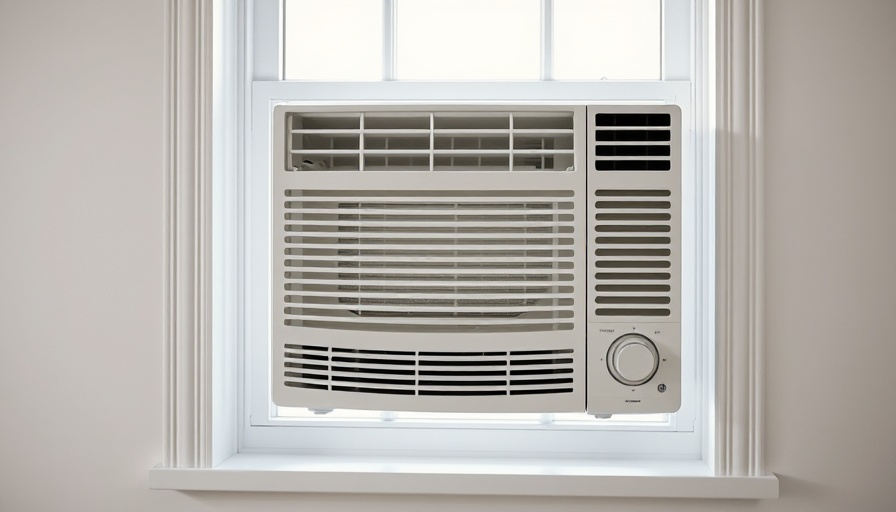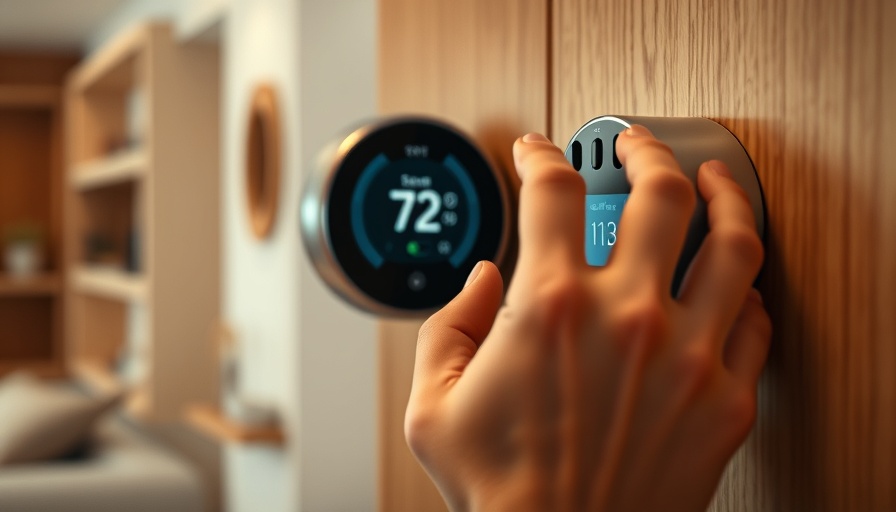
When Air Conditioning Units Don't Fit: A Common Challenge
As the summer heat kicks in across Southeast Michigan, many homeowners find themselves ready to install their trusty window air conditioning units. Yet, what happens when the side panels of your AC unit fail to fit snugly in the window? This is a common dilemma that can leave even the best DIY enthusiasts scratching their heads. But fear not! With a little ingenuity and the right materials, you can secure a tight fit and enjoy a cool indoor environment.
Understanding AC Side Panels and Their Purpose
AC side panels are the plastic, extendable pieces attached to the sides of your window air conditioning unit. Their primary function is to fill the gap between the AC and the window frame, helping to block out unwanted pests, dust, and outdoor temperature fluctuations. When they're missing or not fitting properly, your AC unit not only becomes inefficient but can also let in unwanted warmth and humidity related to the hot Michigan summers.
Creative Solutions to Fix AC Side Panel Fit Issues
If you find that your AC side panels are too small or your window is too wide, here are some practical solutions:
- Only Use One Panel: If the window opening is narrow, consider removing one of the side panels. Position the unit closer to one end of the window frame and extend the remaining panel to cover the gap. This simple adjustment can save you from needing to buy additional materials.
- Craft Custom Panels: If your existing panels are too short or your windows are larger, you can create custom panels using materials like plywood, rigid foam board, or even plexiglass. This allows for a tailored fit, just be sure to measure and cut your materials accurately.
- Upgrade Your AC Unit: If your window is significantly larger than your AC unit, it might be time to invest in a new model that fits better. This often can eliminate the need for additional sealing materials.
- Seal Gaps Creatively: If your panels are nearly fitting, adhesive-backed foam insulation, weatherstripping, or sealing tape can help close up those minor gaps effectively. Products like Flex Seal Flood Protection Tape work wonders too, especially for temporary solutions.
The Magic of Weatherproofing
One of the simplest yet most effective methods of ensuring a snug fit is sealing any remaining gaps with weatherproofing materials. Not only does this reduce air leakage, but it also increases energy efficiency. It’s an easy project that can be tackled in an afternoon.
Alternatives to Traditional AC Side Panels
If you’re looking for a quick fix, consider using foam boards and tape. It’s a practical and inexpensive solution that can offer insulation against outdoor temperatures. Getting these materials ready doesn’t require a workshop; a measured cut here and there can go a long way toward solving your AC fitting woes.
Conclusion: Enjoying Summer Comfortably
As you prepare your home for the sultry summer months, remember that a little creativity can go a long way in making your air conditioning unit fit nicely in your window. The tips shared above should clear your path to comfort. Whether you’re a homeowner looking to save on energy bills or a DIY enthusiast finding ways to improve your home, these practical insights can keep you cool and collected all summer long.
Ready to tackle your AC installation challenges? Follow these tips, get creative with custom solutions, and enjoy your summer in comfort!
 Add Row
Add Row  Add
Add 




Write A Comment